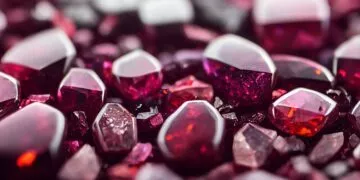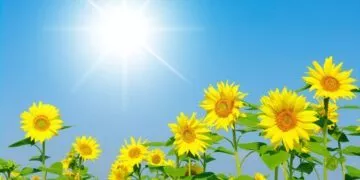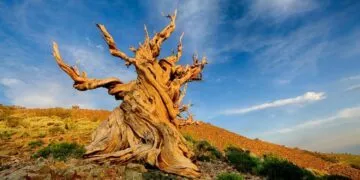
15 Lucky Facts About Aquamarine, March’s Birthstone
In Ancient Rome, aquamarine was given to sailors to protect them at sea, as they believed the gem to be the treasure of mermaids.
Our environment never fails to blow us away; from destructive tornados to ever-so-common grass, everything is always more complex than it seems.
Even if you’re not the outdoorsy type, there’s no denying we need nature to sustain ourselves. But important aspects aside, nature is also just darn cool!
So keep reading as we look at the most interesting aspects of the environment.

In Ancient Rome, aquamarine was given to sailors to protect them at sea, as they believed the gem to be the treasure of mermaids.

Did you know that William Shakespeare used red roses to symbolize war and the painful side of love in Romeo and Juliet?

Did you know that Ancient Greeks and Romans believed that amethyst could help them avoid a hangover?

The oldest garnet necklace ever discovered was located in an Egyptian tomb and is believed to be over 5,000 years old.

Did you know that poinsettias were named after the first US Minister of Mexico, Joel Roberts Poinsett?

Did you know that 90% of the world's earthquakes occur in the Pacific Ring of Fire?

Did you know that bees are five times more likely to land on a sunflower facing eastwards than one facing west?

In 2019 the settlement of Belushya Guba in Northern Russia was invaded by 52 polar bears.

Lake Maracaibo in Venezuela is in the Guinness Book of World Records for having the highest concentration of lightning.

If all colors are in the rainbow, then where's pink? According to scientists, pink isn't a real color... it's a human-made color.

The oldest tree in the world is 80,000 years old and is called Pando, which is located in Fishlake National Forest, Utah, USA.

The most destructive earthquake in history was on January 23, 1556, in Shaanxi, China. This earthquake killed 830,000 people.